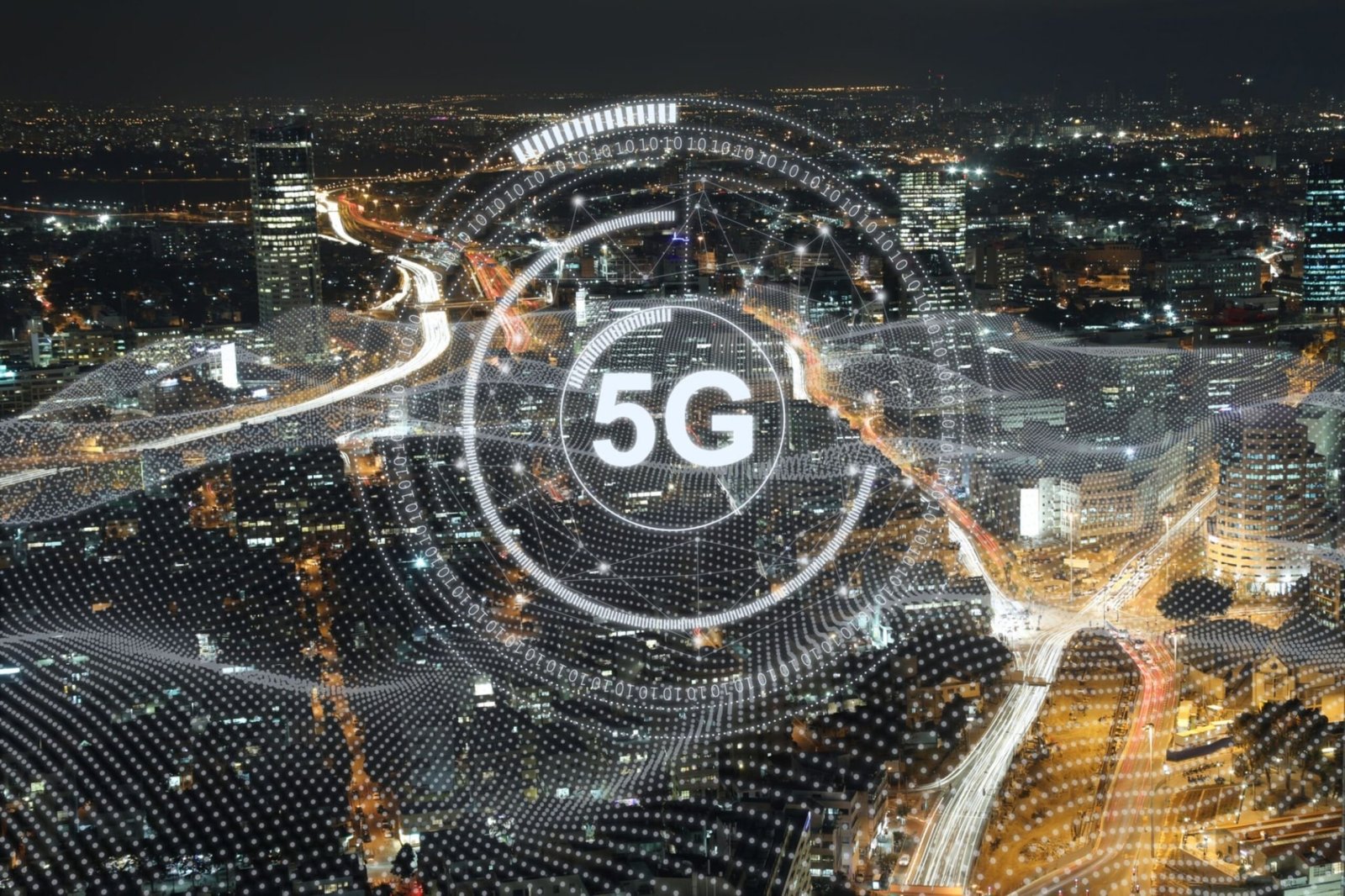The fifth generation of mobile networks, or 5G, offers more connectivity, quicker speeds, and more dependable connections than ever before. With possible effects on sectors ranging from transportation to healthcare, this new technology has the potential to completely transform the way we live and work. We’ll discuss 5G technology in this blog article, including what it is, how it functions, and what it means for the future of mobile connection. It can send more data at a quicker rate than 4G since it uses a higher frequency band. This implies that additional gadgets and apps, like augmented and virtual reality, which demand fast connectivity and low latency, may be supported by 5G networks.
How Does 5G Technology Work?
Higher frequency radio waves than those used by earlier generations of mobile networks are what make 5G technology operate. Although these higher-frequency waves may transport more data more quickly, they can also be more readily obstructed by objects like trees and buildings. Smaller, more tightly packed cells that can be put closer together are used in 5G networks to get around this problem. Faster speeds are made possible as a result of this.
What Are the Benefits of 5G Technology?
Faster Speeds
In comparison to 4G networks, 5G technology delivers much higher download and upload rates, opening up new opportunities for businesses and applications that demand rapid connection.
“5G is not just another generation of mobile technology, but a platform for innovation that will shape the future. It will bring faster speeds, lower latency, and more capacity, enabling new applications and services that will change the way we live, work, and play.”
Lower Latency
Because there is less time between when a command is delivered and when a response is received in 5G networks, there is less latency. This may make it possible for real-time applications like augmented and virtual reality, which depend on reduced latency to work successfully.
More Reliable Connections
5G networks can provide more dependable connections even in regions with significant network congestion because of smaller, more closely packed cells.
Increased Capacity
In comparison to earlier generations of mobile networks, 5G networks can accommodate more devices and apps, opening the door to new use cases like linked automobiles and smart cities.
Improved Battery Life
Mobile device batteries may last longer thanks to 5G technology’s increased power efficiency compared to earlier generations of mobile networks.
What Would the Future of Mobile Connection Look Like With 5G Technology?
With effects on several industries, 5G technology has the potential to change the way we work and live. Following are some examples of possible applications for 5G technology:
Healthcare
With the use of telemedicine and remote patient monitoring made possible by 5G technology, doctors might treat patients without having to see them in person.
Transportation
Connected vehicles and intelligent traffic systems might be made possible by 5G technology, which could help lower accident rates and traffic jams.
Manufacturing
Smart factories and the Industrial Internet of Things (IIoT) might be made possible by 5G technology, which would increase productivity and decrease downtime.
Entertainment
Virtual and augmented reality are two potential new entertainment experiences made possible by 5G technology.
Education
Remote learning and virtual classrooms could be made possible by 5G technology, potentially enhancing educational accessibility.
Conclusion
The next generation of mobile networks, or 5G, offers more connectivity for more devices than ever before, as well as quicker speeds and more dependable connections. 5G technology can completely change how we live and work, with possible effects on sectors as diverse as entertainment and healthcare. Although there are still obstacles to be cleared, such as the requirement for wider coverage and compatible devices, 5G technology has the potential to revolutionize several industries.





